Are you having that kind of day, or month, or even year, where you’ve forgotten what it is to be an artist?
Do you feel that you’re neglecting your creative spirit and that it lies dormant, smothered by your responsibilities as a parent, wife, daughter, and friend?
Perhaps you are so busy nurturing other people that you haven’t the time or energy to nurture yourself. Perhaps you have a hundred unfinished pieces crying out to you as you rush guiltily past to the next emergency. Maybe you’re so overwhelmed with choices and distractions that even if you grab some precious time for your practice, you don’t know where to start.
It is true that life gets in the way of art but, if we’re honest with ourselves, we ourselves get in the way of our art.
And it’s vital that we nurture ourselves as artists: it’s not just about production. For our practice to grow, for our development as artists to blossom, we need that time.
Time is not a luxury, it’s a necessity. Time for experimentation, for creative inquiry, for showing up and making a joyful sound, as creative development expert and textile artist Jane Dunnewold suggests should be the daily practice of every artist.
So how do we steal some minutes or hours out of our busy days to rekindle our creative spirit? How can we create a territory of time as well as space to make that joyful sound? Time, self and energy management are interrelated so we’ve put together a blend of ways to help you grab some time, know what you need to do and get started.
Taking back time
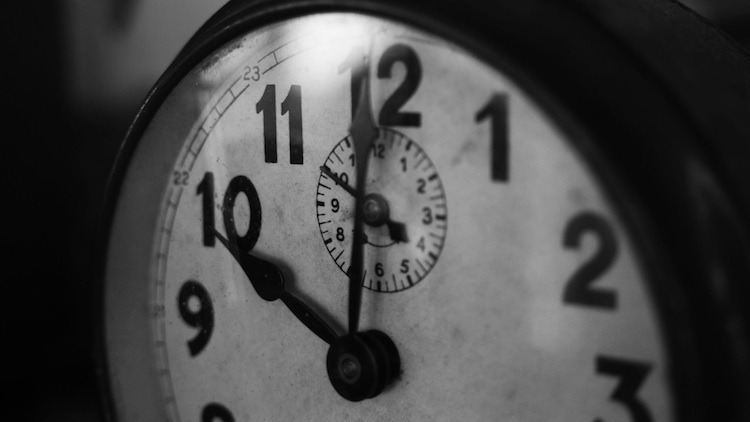
Your diary may be so packed with responsibilities, duties, work and commitments that the last thing you want to do in the evening is experiment with colour as social value. Here’s how to get some headspace and overcome overload.
Just say no
Saying no is hard. But saying no does not mean you are a bad person. It means you are a good artist.
Saying no when people ask you to do things that you’d rather not, or are not your priority, means that you are taking yourself seriously as an artist. And this trains others to take you seriously as an artist. Saying no is a skill and you can learn it.
In her book [easyazon_link identifier=”1447276515″ locale=”UK” tag=”wwwtextileart-21″]How to have a good day , Caroline Webb suggests,
Start with warmth: first acknowledge and show appreciation for the person’s request. Then, instead of starting with “I’m sorry”, begin by highlighting enthusiastically your artistic priority and why it’s important to you. Then explain that this means, with regret, that you can’t do what they’ve asked you to do, and then end with warmth. Perhaps there’s a suggestion or an offer you can make without detracting from your priority.
Automate. Automate. Automate.
Automating annoying but important tasks, like paying bills or shopping, can pay sparkly dividends in saved time in the future. You may not think you have time to set up your bills online or to put together a re-order list for an online supermarket today, but taking a couple of hours now will free up days of time in the future. Automation is to time what compound interest is to money.
Routines will set you free
Some creative souls shudder at the thought of a routine, but routines are essentially the route to freedom and to an energised mind.
The myriad of micro-decisions we have to make every day – what to wear, what to cook for dinner – gradually wear down our decision-making capabilities over the course of the day until we lose our ability to judge well. This is decision fatigue, and it means bad choices like slumping in front of the TV rather than sketching the design for the new piece. Willpower runs out of steam as we tire, so the fewer decisions we have to make, the better.
Be regular and orderly in your life, so that you may be violent and original in your work.
GUSTAVE FLAUBERT
Routines help us by creating habits that don’t need a decision. Always have pasta on a Tuesday night? Great! That gives you headspace to think about texture. Go extreme and spend two hours cooking up all your week’s meals on a Sunday afternoon. That will give you hours of time in the week to get back on creative track.
Reduce your choice of clothes, lay them out at night; order your food shopping online in half an hour on a Thursday. By creating and sticking to routines, you’re gifting yourself precious time.
And routines are not only fruitful when applied to the day-to-day. Creative routines are a sure-fire way to get your artistic juices flowing. Finding a creative routine will help your brain know that it’s time to start creating.
Roald Dahl had a shed he worked in, Steinbeck only wrote with his Blackwing 502 pencils; what’s your object of choice? A favorite chair? A piece of music? Use an object, sound or view to anchor the start of your daily creative practice into your mind.
You could try warming up with any kind of mark making and suspend judgment or, alternatively, allow yourself to make the worse ever mark possible, to confound the inner judge and entertain your inner child.
Forget inspiration. Habit is more dependable. Habit will sustain whether you are inspired or not.
OCTAVIA E. BUTLER
Getting on track
Sometimes it’s not always carving out time that’s a problem for us, it’s the artistic mindset that works against us. We all know that showing up in the studio, or in the spare room, or in our creativity corner is a start, but what now?
Trust yourself
It’s at this stage when a real opportunity to make work is staring you down, that it’s common to lose your nerve.
Vulnerability is constant for artists. We’re frightened of the creative well drying up; we feel exposed attempting new paths or skills. The strategy is to cultivate stamina, which is showing up, despite the fear, and the first step in cultivating stamina is to trust yourself. Trust yourself that showing up will mean mastery, even if you don’t feel like you’ll ever be good. You have to cultivate ultimate trust in yourself.
The fear will always be there, but trusting yourself will stop it from being a block to action. Focus on the doing and the making and not on the judging.
Add a trust-based personal mantra to your psychological toolbox to give your intention wings, such as “I trust myself to show up and make” or “I trust that I will learn what I need to learn.” Mantras that capture a positive personal paradigm can be powerful remedies for artistic wobbles.
Get some clarity
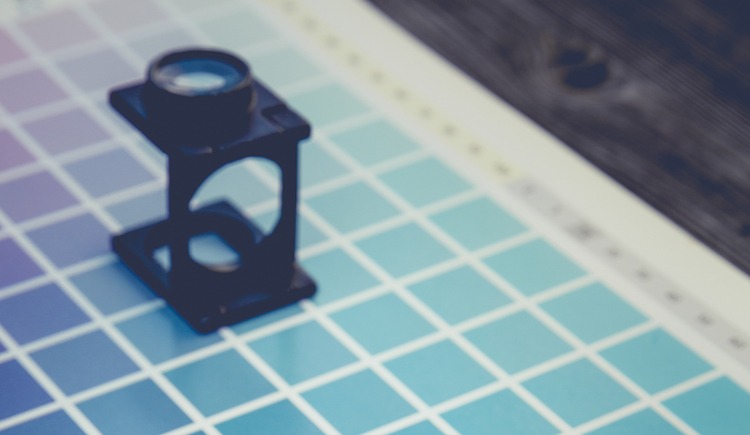
Sometimes it is confusion that stops us in our tracks.
Perhaps you have too many choices, too many unfinished pieces, too many ideas. Or perhaps no ideas at all.
Confusion is only a lack of information so your next step is to gain clarity about what you want to do, what you need to do, to show, to make. Gaining clarity will lead you naturally to your first step. Clarity is our decision, it’s not bestowed on us from the outside, but something we choose.
One effective method of gaining clarity is to journal. Do this as part of your artistic cross-training as practised and taught by Jane Dunnewold. Jane recommends that journaling be an integral part of the artistic process and through this you can ask yourself some clarity-inducing questions, such as:
- What draws me to textiles?
- What do I really love doing?
- What do I really hate doing?
- What would I really love to try?
- What does my ideal week look like?
- What kind of artist would I be if I could wave a magic wand?
Journaling, Morning Pages (courtesy of Julia Cameron), writing: whatever you call it, the process is a strong link between you and your psyche and is a powerful tool to draw out clarity.
It might not happen overnight but through consistent journaling, you’ll be able to pick out patterns that lead you to clarity. You may even have a Eureka! Moment: Of course, I should be embroidering on felt!
Perhaps, before you even think about making art, spend twenty minutes on the sofa with a cup of tea and your journal; free-associate ideas about yourself as an artist or the work you would like to make or finish. Or go to a boutique stationery shop and pick out a beautiful journal to write in. Even this small exercise will strengthen your creative spirit.
Every artist’s clarity will be different. For some it will be producing art, for others it will be making something for an exhibition, for others it will be exploring or finishing, and for others simply showing up every day.
Your MIT
Now you have a little clarity, drill down to find your Most Important Thing (MIT).
Your MIT is the thing that will help you on the way to where you want to be, artistically. Your MIT could be about producing a work, or exploring a new method, or gaining inspiration from other artists.
Your MIT is how you purpose your creative time; it should be the first thing you do when you show up. It’s also the first, smallest step you can make towards your goal. Small steps mean big differences, and a small step every day means you keep moving forward artistically. In a year, who knows where you will be?
Distractions
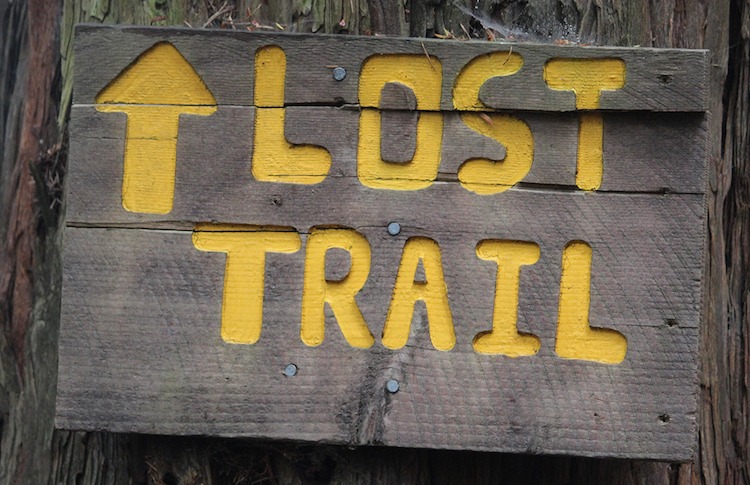
Even when you know what to do, it’s easy to be distracted. The outside world bubbles into your creative space and time, or your own brain pops out idea after worry, almost to sabotage your efforts. But that’s natural and the way to cope is to write it down.
Use a notebook or online tool such as Todoist or Remember The Milk to note down things you need to remember; or have a Big Ideas notepad for creative ideas. Set reminders on your phone if you need to be somewhere at a certain time.
Once you’ve written it down or set that alarm, forget about it. It’s out of your head and safe on paper. You’ve eliminated the noise in your brain and have released the headspace needed to get on with your job of making work.
Banish the Procrastination Fairy
Procrastination is what many of us artists at excel at. Whether through fear, confusion, overwhelm, whatever the uncomfortable feeling thinking about making work creates, your journaling is the method for channeling, exploring and overcoming these fears. So let the journal do that job, while you make art. And you can kick start your work through these tricks;
Tomato time
The start point is sometimes the biggest barrier. Physics suggests that a body at rest remains at rest while a body in motion remains in motion, and this is the same for creativity.
Overcoming inertia in order to create artistic momentum is hard, but can be doable using time chunking techniques like the Pomodoro method. Set a timer for as little as fifteen, ten, five minutes, and focus on your work. You’ll find that the momentum you’ve created by starting will make you want to continue long after your timer beeps.
Finish something
In her book [easyazon_link identifier=”0330343580″ locale=”UK” tag=”wwwtextileart-21″]The Artist’s Way , Julia Cameron suggests that you can start something big by finishing something small: so dig down into your pieces and find something to finish.
The act of finishing gives you momentum to act on something else and is very motivating – you’ve produced something, you’ve made work, you’ve finished. Celebrate your success and keep judgment well away.
No More Zero Days
No More Zero Days is a frame of mind and it’s a method of making a habit of making work.
You don’t have to bury yourself in your studio for a week: but you do have to do something, anything, the tiniest thing, every single day, that gets you towards your artistic goals. Every day.
Five to midnight and you’ve done nothing? Sketch a rough outline for that pattern piece. Tiny, doable steps will help embed the habit of creative process in your head and in your everyday life.
Jane Dunnewold recognises the link between athletes and creative practitioners,
Making and writing strengthen our ability to be conscious artists, and making space for our art will help us align – find out what we love to do and are good at doing.
Aligned work needs time and space to manifest.
What’s your go-to method for starting work? How have you beaten procrastination? What’s your tip for taking back time? Share your thoughts in the comments section below.
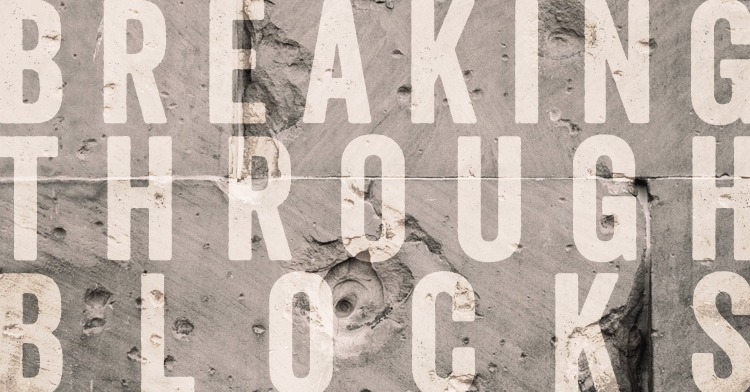
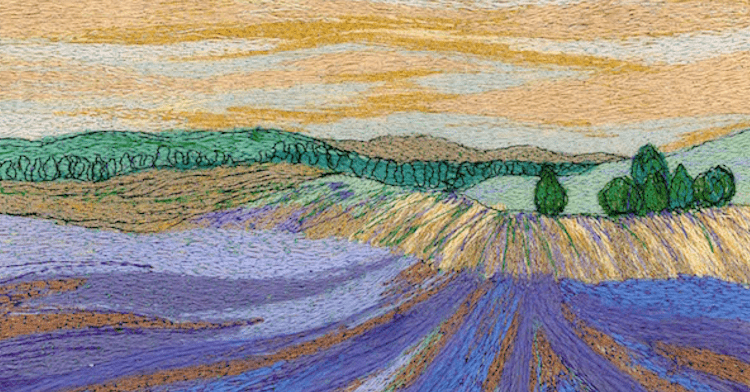
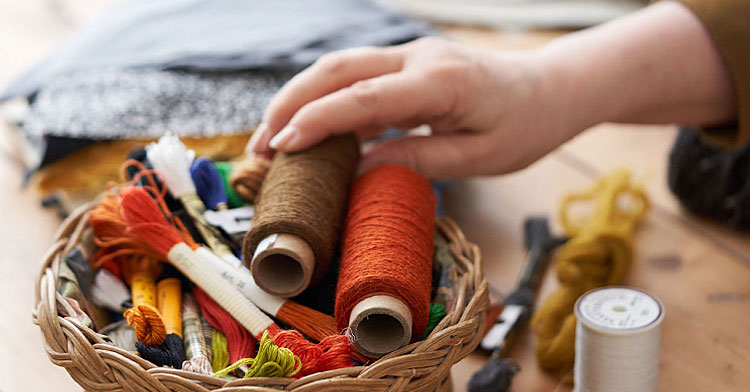
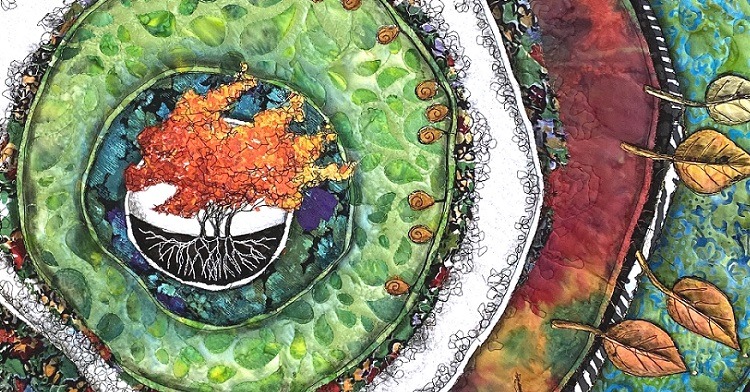
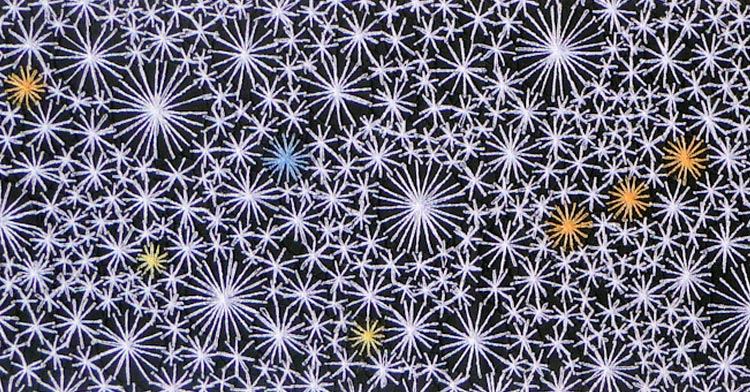
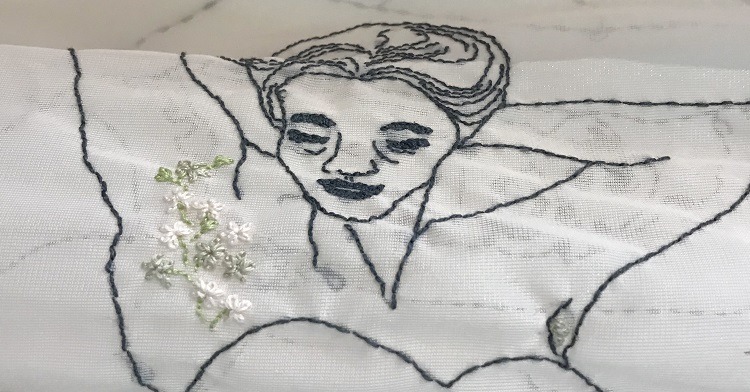
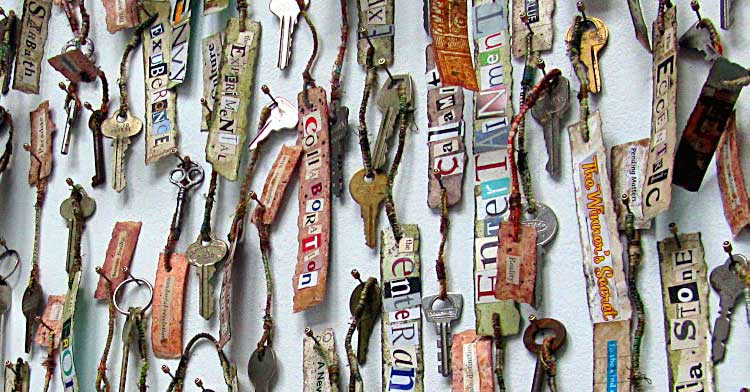
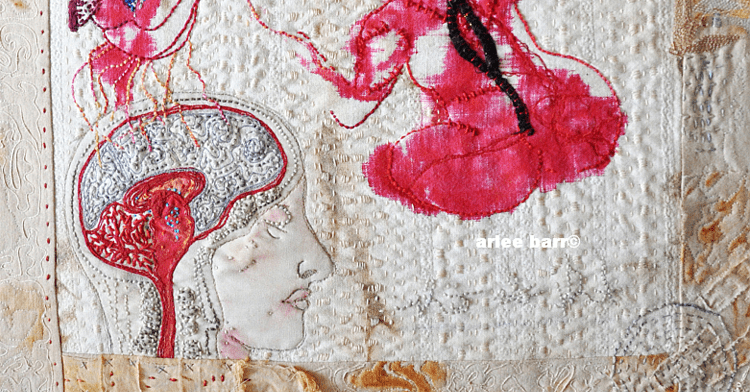
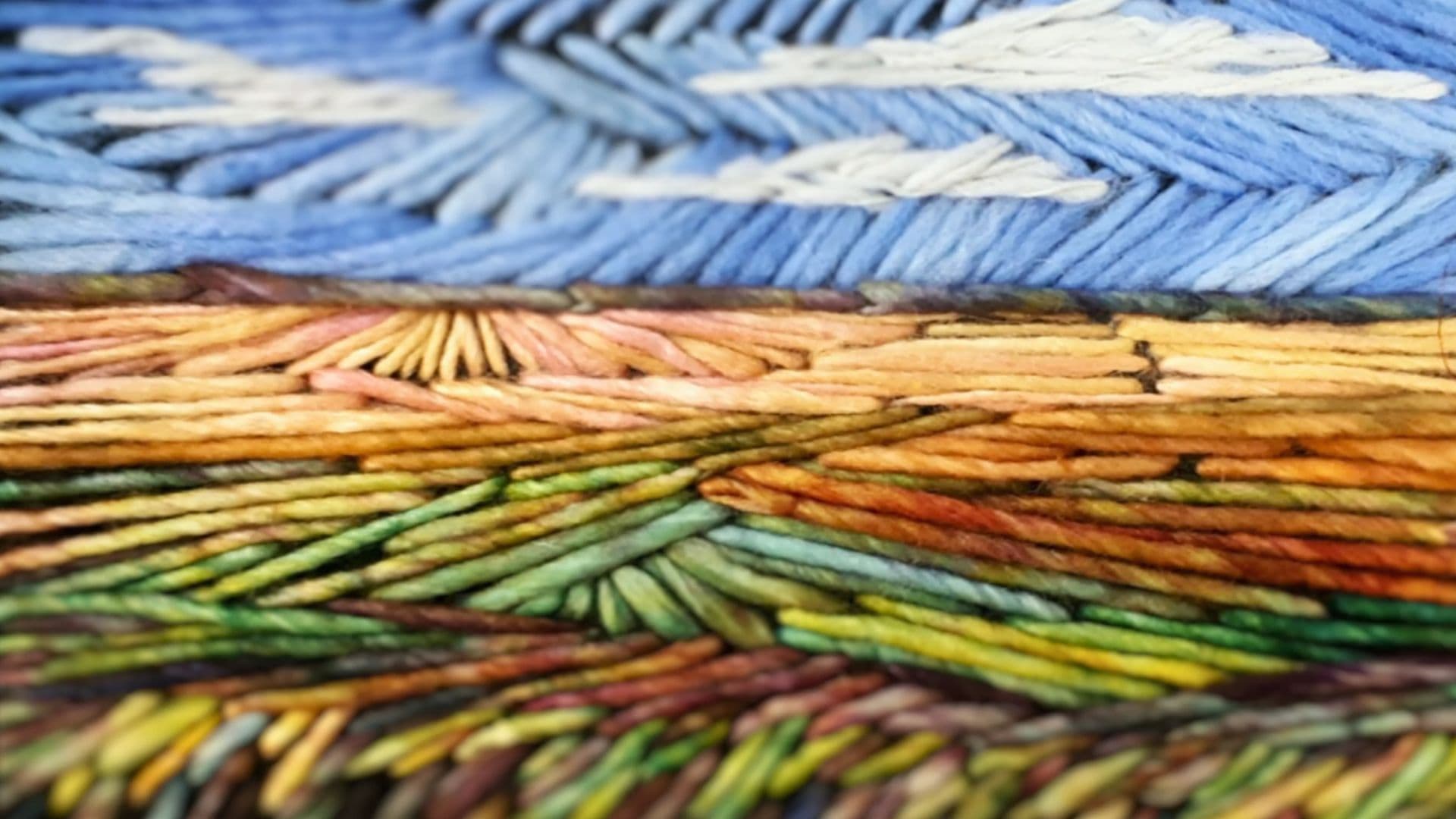
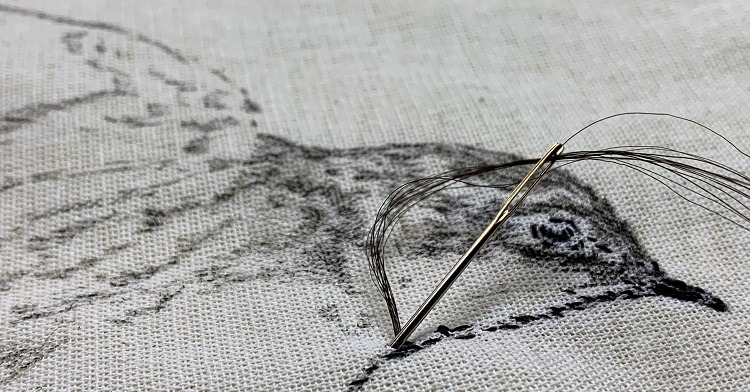
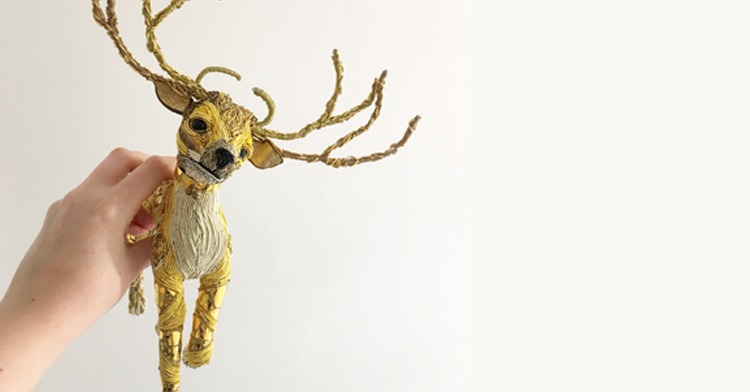
Comments